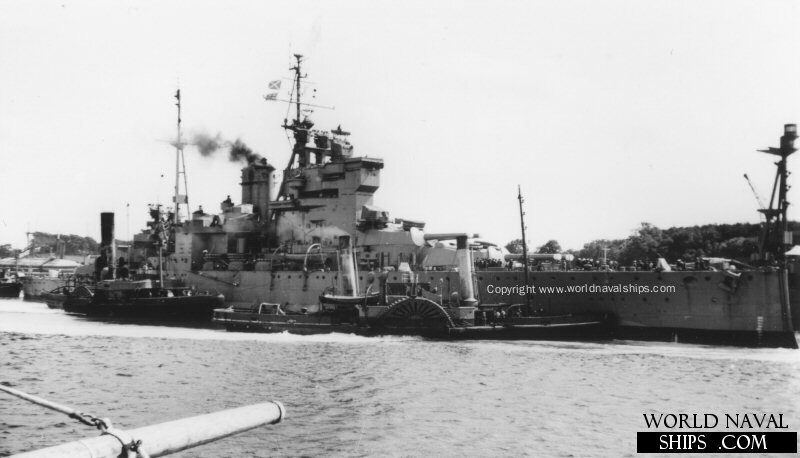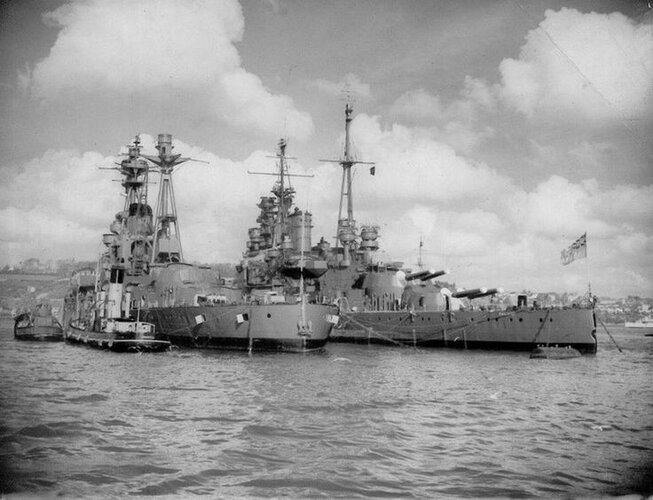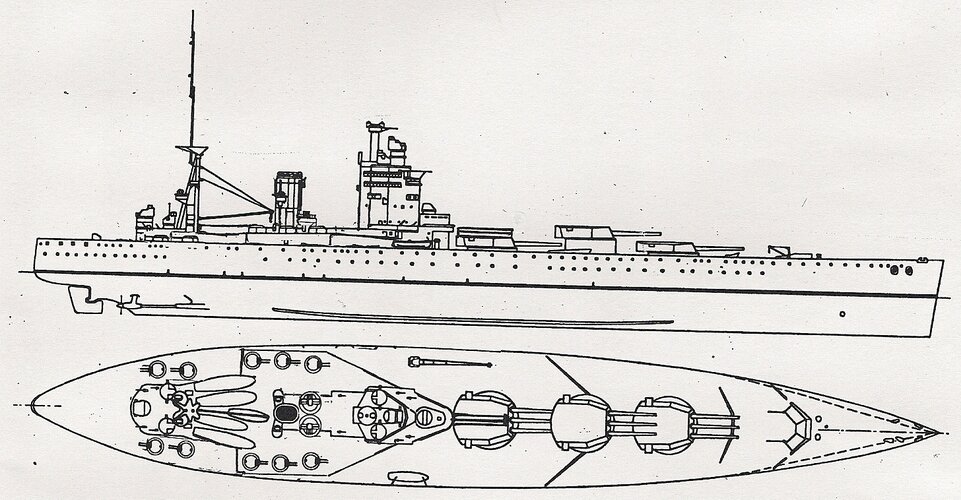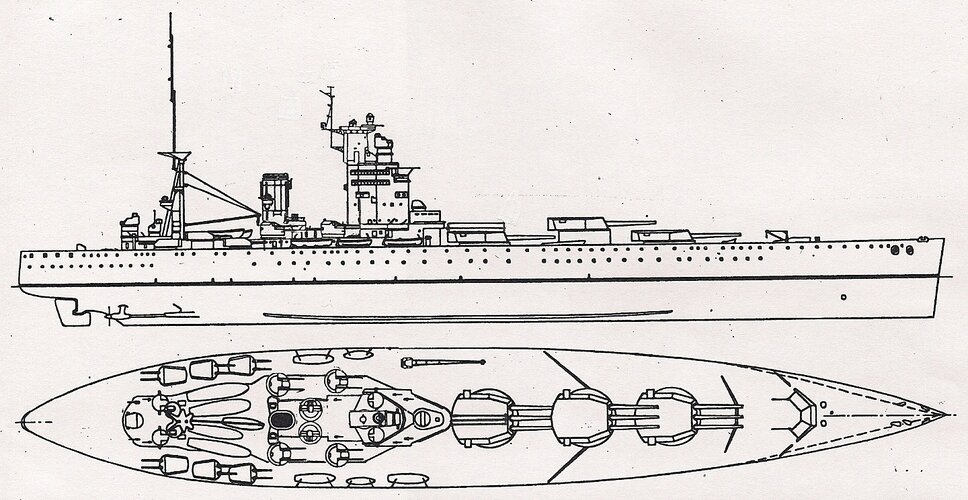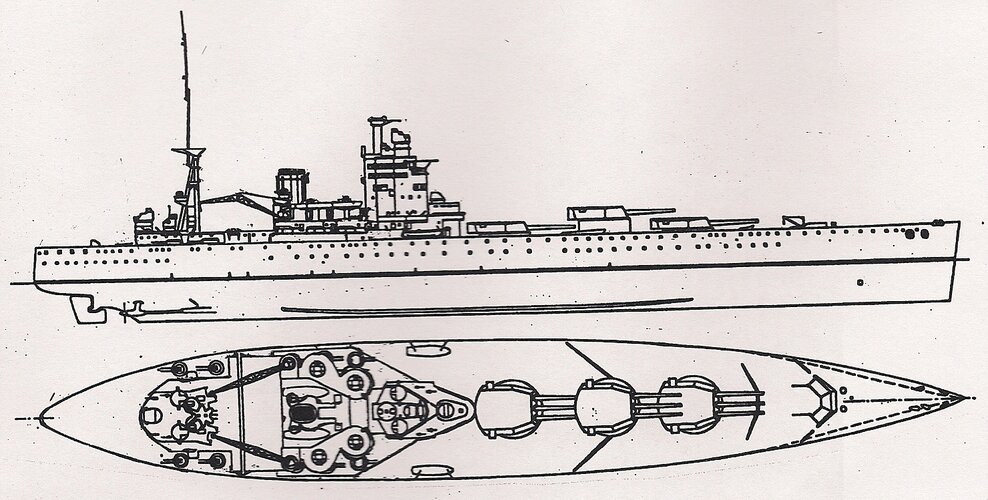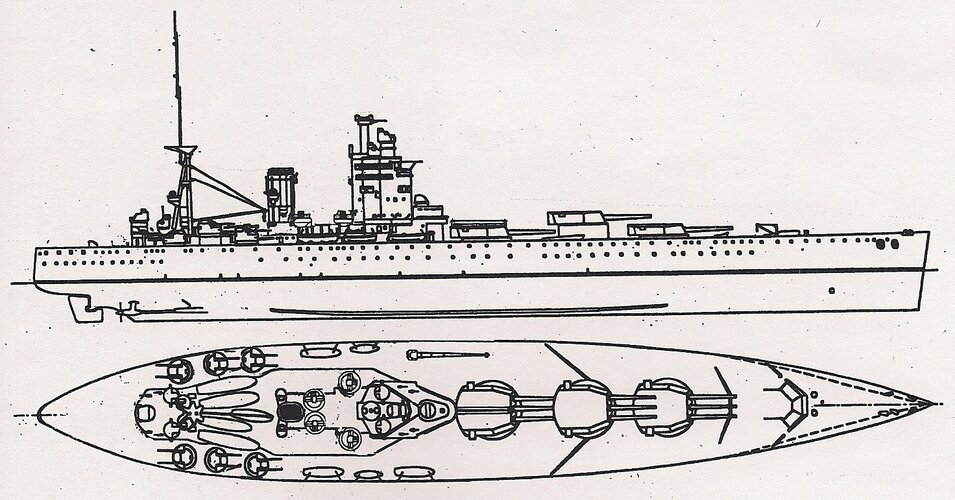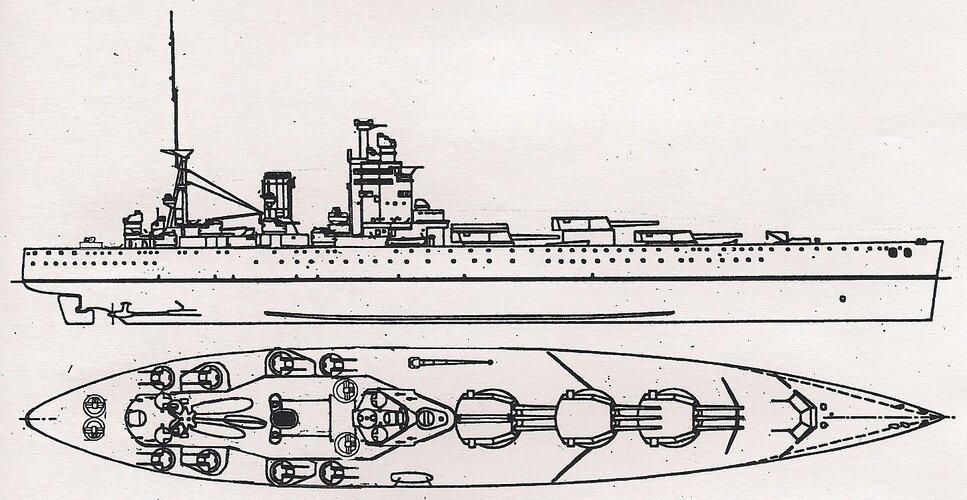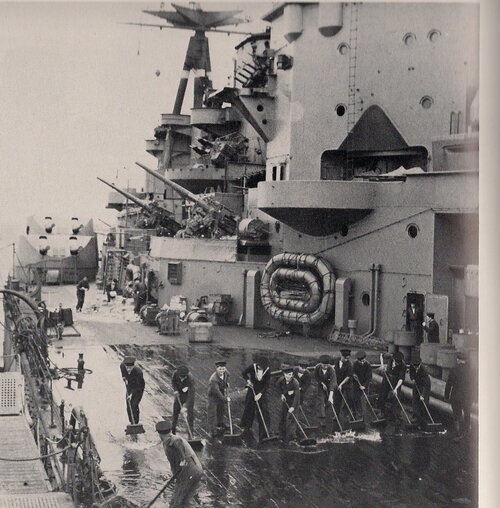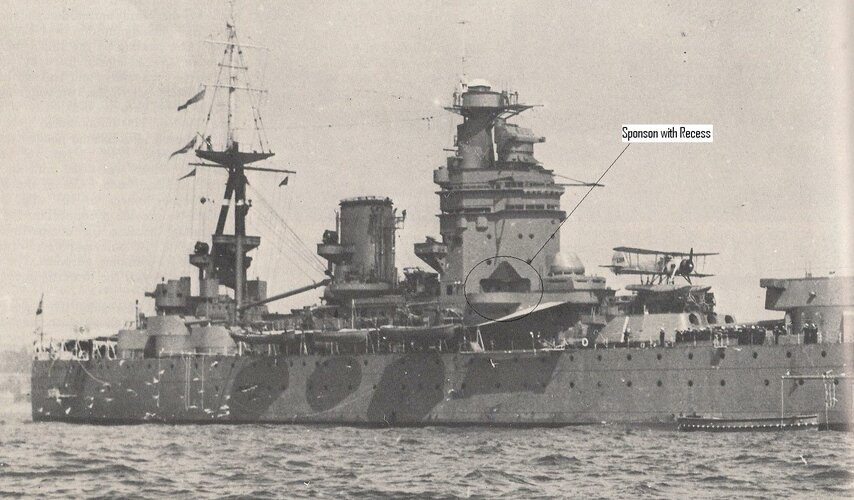Temeraire
ACCESS: Restricted
- Joined
- 9 September 2023
- Messages
- 32
- Reaction score
- 35
I was wondering if anyone has any information regarding the modernisation plans discussed for HMS Nelson that would have kept her in the fleet Post war.
Plans to keep her were I believe mentioned in Drachinifels video about the Nelson class and there is also this on the wiki page:
According to Winston Churchill's memoirs, a major modernisation was discussed to enable Nelson to serve for several years in the postwar fleet, but no other details have survived. In any case Nelson was too slow for the modern fleet which had no front-line role for battleships any more.
Plans to keep her were I believe mentioned in Drachinifels video about the Nelson class and there is also this on the wiki page:
According to Winston Churchill's memoirs, a major modernisation was discussed to enable Nelson to serve for several years in the postwar fleet, but no other details have survived. In any case Nelson was too slow for the modern fleet which had no front-line role for battleships any more.

